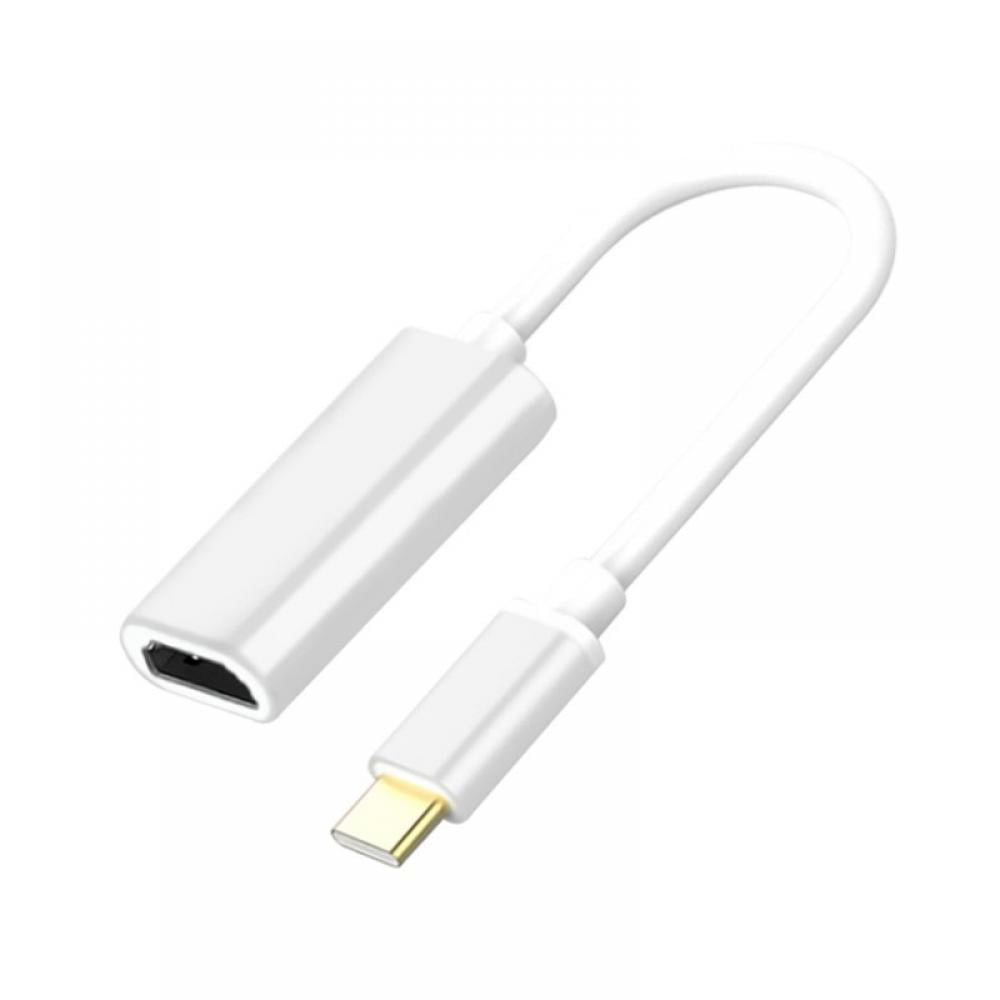

When I connect a 2.5G device using the same SFP+ adapter things get interesting. Connecting my Mac Mini to the switch was a breeze as Apple‘s included 10G network port worked fine with any generic 10G copper Ethernet SFP+ adapter on the Netgear. This works by slotting a SFP+ adapter into one of the ports. This includes 4 SFP+ ports that are capable of 10G networking using copper ethernet or fiber.


My main backbone switch is an older Netgear Prosafe GS728TXS. Zyxel makes some very reasonably priced network switches that helped me work around this. One question: how do you tell if an Ethernet adapter is placing a significant load on the CPU? Is there a process to check in Activity Monitor? Or does the computer just feel slower?Īs an aside if anyone else is considering making the move to 2.5G (or 5G for that matter): there are some pitfalls when interfacing 2.5G devices into 10G SFP+ ports. I'll plug the ULN into the Mac's built-in Ethernet port and use the D-Link for the network connection. I want a USB Ethernet adapter so the ULN-8 can have its own Ethernet port. Hopefully this will work itself out, but I haven't tested long enough to draw any conclusions. This only lasted a second or so before it switched back to the ULN-8.

When playing music files from the NAS using Apple's Music app, there was a moment where the music output switched from the ULN-8 to the speakers on my NEC display. Via hackintosh Ethernet port: 767 Mbps download, 899 Mbps upload, ping: 4 ms, jitter 0.21 ms, loss 0%. Via DUB-E250: 772 Mbps download, 904 Mbps upload, ping: 3 ms, jitter 0.18 ms, loss 0%. Connected to the switch is my fiber internet connection, a Synology NAS, and a Metric Halo ULN-8 audio interface. My first test is connecting it to a Netgear GS105 switch. I'll eventually be using it with a Mac Studio, but that won't arrive for a couple of months. I just started testing the DUB-E250 on a hackintosh running Monterey 12.3.1.


 0 kommentar(er)
0 kommentar(er)
